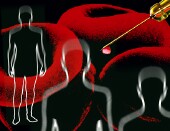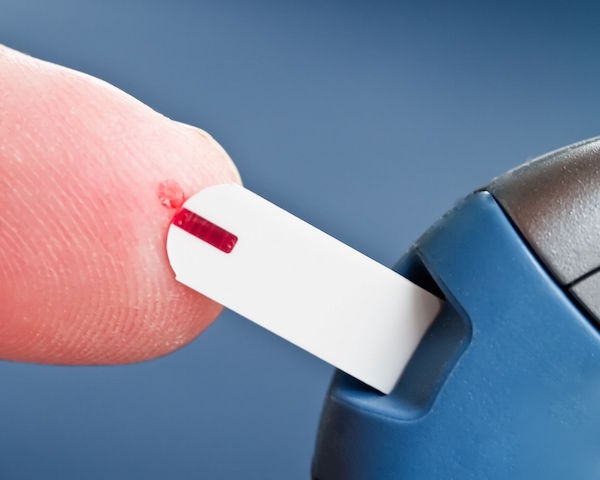
SUNDAY, May 29 (HealthDay News) —
In the wake of tennis star Serena Williams’ potentially fatal pulmonary embolism after surgery this spring, the American College of Foot and Ankle Surgeons has a reminder: it’s sometimes possible to prevent the condition.
Pulmonary embolisms are caused when blood clots travel to the lungs, often from the leg where a deep vein thrombosis (DVT) develops.
Women are at higher risk than men, as are overweight people, smokers and those who take birth control pills.
“Surgery is also one of the leading causes of blood clots in patients, which means those at highest risk need to be diligent in speaking to their surgeon about their elevated risks so preventive measures can be taken,” podiatrist Dr. Peter Blume, of Yale School of Medicine, said in a news release.
Anti-clotting medication can prevent blood clots in the leg in some cases. Doctors can also use an implantable device called an inferior vena cava filter to prevent the clot from traveling to the lungs, Blume said.
Exercise is another preventive treatment: Get up and move around after surgery, even if you’re wearing a cast or using crutches.
Some people suffer from blood clots in the leg while flying. “The biggest recommendation you see in the airline magazines when you’re flying is to move your legs to prevent DVT, because people who sit on a long flight have a high incidence of DVT,” Blume said. “Similarly, if you’re sitting after surgery and the blood is not moving in the calf and you’re not exercising, you could end up with a clot in your calf. Surgeons have learned over the years that getting people moving after surgery will reduce the risk of a clot causing a pulmonary embolism.”
Symptoms of pulmonary embolism are similar to those of heart attack, including sudden and unexplained shortness of breath, chest pain and a cough that produces blood-tinged mucus. “Other symptoms may include wheezing, leg swelling, excessive sweating, rapid heartbeat and fainting,” Blume said. “Pulmonary embolisms can occur quickly, and prompt medical attention is vital for recovery, so patients need to seek care if they are suffering from any of the symptoms associated with the condition.”
More information
For more on pulmonary embolism, try the U.S. National Library of Medicine.

